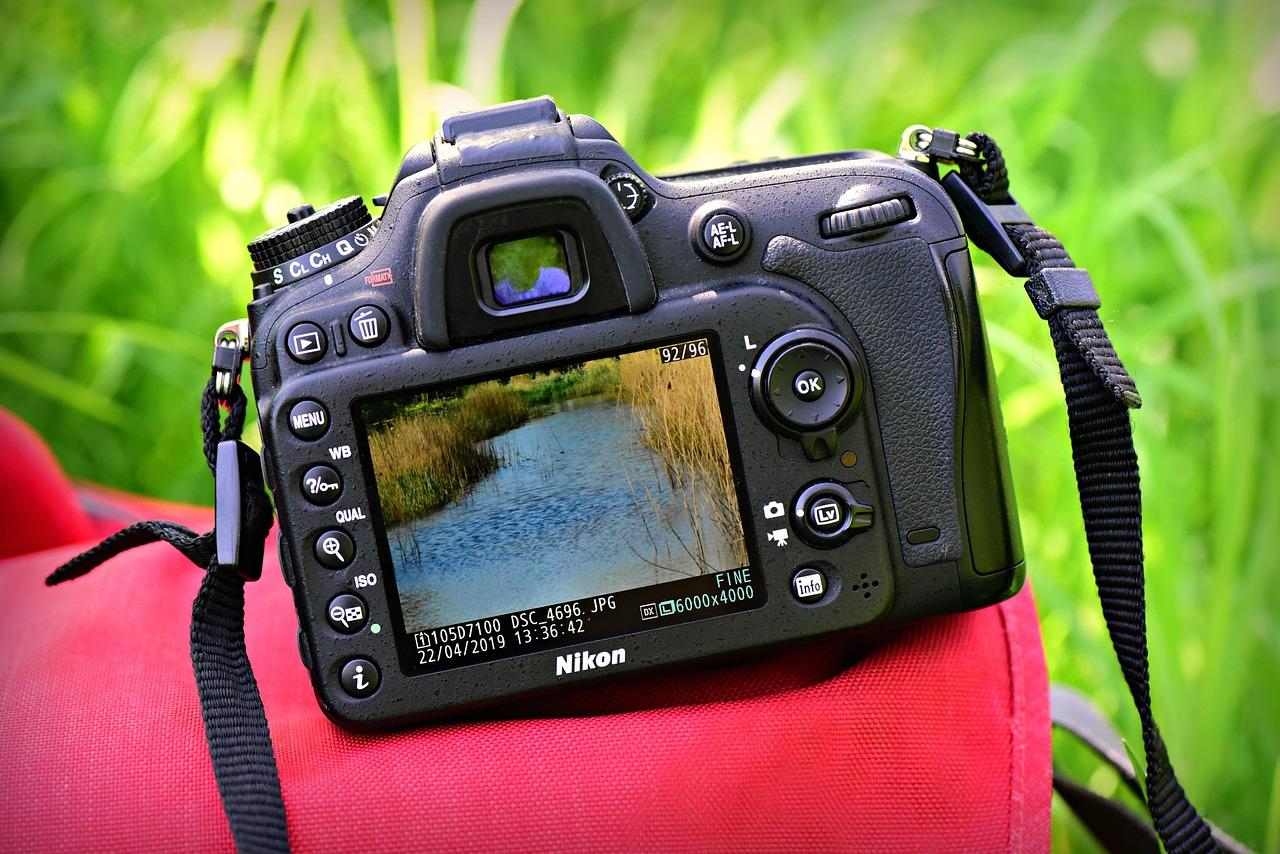Travel photography offers a unique opportunity to capture unforgettable moments and beautiful landscapes around the world. Whether you’re visiting a bustling city, exploring serene nature, or experiencing a vibrant culture, the right techniques can enhance your photos and make them truly stunning. In this article, we will provide essential travel photography tips that can help you improve your skills, regardless of your experience level. From choosing the right equipment to understanding lighting and composition, these tips will guide you in creating captivating images that tell the story of your adventures.
Table of Contents
- Choosing the Right Gear for Travel Photography
- Mastering Composition Techniques for Better Shots
- Utilizing Natural Light for Stunning Images
- Editing Your Photos for a Professional Finish
- In Conclusion
Choosing the Right Gear for Travel Photography

When it comes to capturing breathtaking travel photographs, having the right gear can make all the difference. Consider the following essentials to ensure you’re prepared for any scenario:
- Camera Body: A DSLR or mirrorless camera with versatile capabilities gives you more control over your shots.
- Lenses: A good zoom lens is perfect for landscapes, while a prime lens can offer incredible sharpness for portraits.
- Tripod: Essential for stability, especially during low-light conditions or long exposures.
- Extra Batteries and Memory Cards: Always carry backups to avoid running out of power or space during your adventures.
Additionally, think about comfort and portability during your travels. Lightweight gear options can help you stay mobile without sacrificing quality:
- Camera Strap: A comfortable strap can make it easier to carry your camera all day.
- Lens Cleaning Kit: Keep your lenses free from dust and smudges for optimal image clarity.
- Waterproof Bag: Protect your equipment from the elements with a durable, weather-resistant bag.
- Smartphone: Don’t underestimate your phone’s camera; it can be a handy backup for spontaneous moments.
Mastering Composition Techniques for Better Shots

Understanding the fundamentals of composition can significantly elevate the quality of your travel photography. Start by implementing the Rule of Thirds, which suggests dividing your frame into nine equal segments using two horizontal and two vertical lines. Position key elements along these lines or at their intersections. Additionally, consider using leading lines to draw the viewer’s eye into the frame, directing attention towards your subject. Experiment with different angles and perspectives; a photograph taken from a low angle can impart a sense of grandeur, while high angles can help capture sweeping vistas or crowded scenes.
Another effective technique is framing, where you use elements within the scene to create a natural border around your subject. This could be anything from overhanging branches, windows, or archways, adding depth and context to your images. Don’t forget about the foreground, which can enhance the sense of scale and dimension in your shots. Incorporating interesting elements in the foreground creates layers and invites the viewer to explore the photograph. Lastly, balance your compositions; aim for visual equilibrium by distributing elements of varying size, color, and texture across the frame, ensuring your photo doesn’t feel lopsided.
Utilizing Natural Light for Stunning Images
Harnessing the power of natural light can transform your travel photography from ordinary to extraordinary. Whether you’re exploring sunlit streets or shadowy forests, the quality of light can drastically influence your images. To make the most of natural lighting, consider the following tips:
- Golden Hour: Shoot during the golden hours—shortly after sunrise and before sunset—for the softest, most flattering light.
- Overcast Days: Embrace cloudy skies; they provide diffused light that minimizes harsh shadows and brings out vibrant colors.
- Backlighting: Experiment with shooting into the light for dramatic silhouettes and enticing lens flares.
Understanding how to position your subject relative to the light source can greatly enhance your photos. Utilize reflections from surfaces like water or glass to create unique compositions. Here’s a quick reference table to help you remember different lighting conditions:
| Light Condition | Effect on Photos |
|---|---|
| Golden Hour | Warm tones, soft shadows |
| Midday Sun | High contrast, harsh shadows |
| Overcast | Even lighting, rich colors |
| Sunset/Sunrise | Dramatic skies, vibrant colors |
Editing Your Photos for a Professional Finish
To achieve a professional finish in your travel photos, understanding the basics of photo editing is crucial. Start by adjusting the brightness and contrast to enhance the overall mood of your image. Too much brightness can wash out colors, while inadequate contrast can make your photos look flat. Use tools like sliders in editing software to find the right balance. Experimenting with shadows and highlights can also add depth, creating a richer visual experience. Additionally, cropping your image can help focus on the most compelling elements, guiding the viewer’s eye where you want it to go.
Next, consider the color grading to set the tone for your shots. Applying filters can unify the appearance of your travel portfolio, but it’s essential to choose them wisely. A few adjustments to the saturation can make your colors pop without appearing unnatural. Utilize sharpening tools to enhance details in important areas, like the textures of landscapes or the features of subjects. Don’t forget to check for any distractions in the background and utilize tools to remove them to maintain a clean and professional look. Here’s a simple guide you can follow:
| Editing Step | Tool Suggestions |
|---|---|
| Adjust Brightness & Contrast | Lightroom, Photoshop |
| Color Grading | VSCO, Snapseed |
| Crop & Straighten | Canva, PicMonkey |
| Sharpen Details | GIMP, Capture One |
In Conclusion
capturing stunning travel photos is within everyone’s reach with just a few essential techniques. By understanding your camera, paying attention to lighting, composing your shots thoughtfully, and being open to unique perspectives, you can significantly enhance the quality of your travel photography. Remember to practice regularly and experiment with different styles. Most importantly, enjoy the process of capturing your experiences and the beauty of the world around you. Happy travels, and may your photos inspire others to explore!



